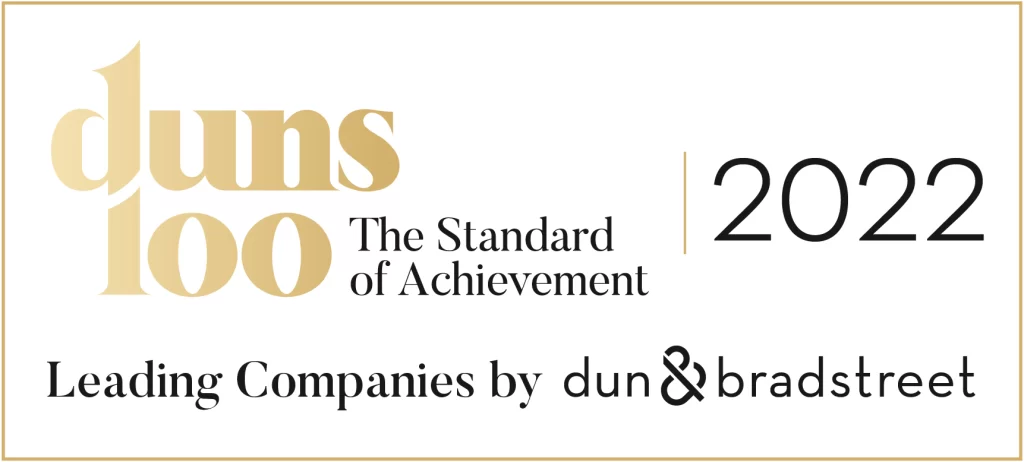
The global recovery is strong but imbalanced
Output in most OECD countries has now surpassed its late-2019 level and is converging on its pre-pandemic path but lower-income economies, particularly those where vaccination rates are low, are at risk of being left behind.
The unevenness of the recovery is widespread
The recovery is also uneven within advanced economies. Employment is still relatively weak in the United States, but is already higher than its pre-pandemic level in the Euro Area. At the same time, United States GDP has recovered faster than Europe’s. Different protection models mean different challenges looking ahead.
The labour market is imbalanced. Many people are struggling to find jobs yet businesses in a number of sectors have difficulty recruiting workers. The skills demanded in the wake of the crisis are not necessarily the same as before.
A shortage of workers in some sectors also reflects a decline in labour force participation rates in most OECD countries. Participation is expected to normalise as the effects of the pandemic wane increasing labour supply helping to keep wage growth moderate.
Imbalances also remain across industries, with sectors dependent on interpersonal contact such as travel, tourism and leisure continuing to suffer, while demand for consumer goods has been strong, especially in the United States.
The rebound is losing some momentum as the surge in demand for goods has met bottlenecks in production chains. Inflation pressures have emerged in all economies, as:
- disruptions in energy, food and commodity markets have pushed up prices
- high energy prices and fuel shortages are limiting manufacturing of key materials and intermediate goods
- bottlenecks in production chains are spreading to more generalised shortages of goods.
The renewed inflationary pressures risks lasting longer than was expected a few months ago. Rising food and energy prices are hitting low-income households in particular.
More related articles...


U.S. warns Houthis to stop attacks in Red Sea
The Biden administration has sent messages to the Houthi rebels in Yemen via several channels recently warning them to stop their attacks on ships in the Red


Research Department Staff Forecast, October 2023
This document presents the macroeconomic staff forecast formulated by the Bank of Israel Research Department in October 2023 concerning the main macroeconomic variables—GDP, inflation, and


About Country Risk Assessment
For each insurance application received in ASHRA, we perform a risk assessment of the non-payment in the associated transaction. This risk assessment is based on


Introduction to the Israeli Import Reform
The Import Reform The import reform focuses on changing the methods of regulating imports into Israel, moving to declaration-based tracks instead of inspections, for a


Challenges and opportunities in trade
Tambien disponible en español | Egalement disponible en français The tensions we are now seeing in the international trading system have been building over decades. Many people


The Importer’s Practical Guide
The process of importing to Israel includes a series of measures, which you, as an importer, should be familiar with before executing an import transaction.





















